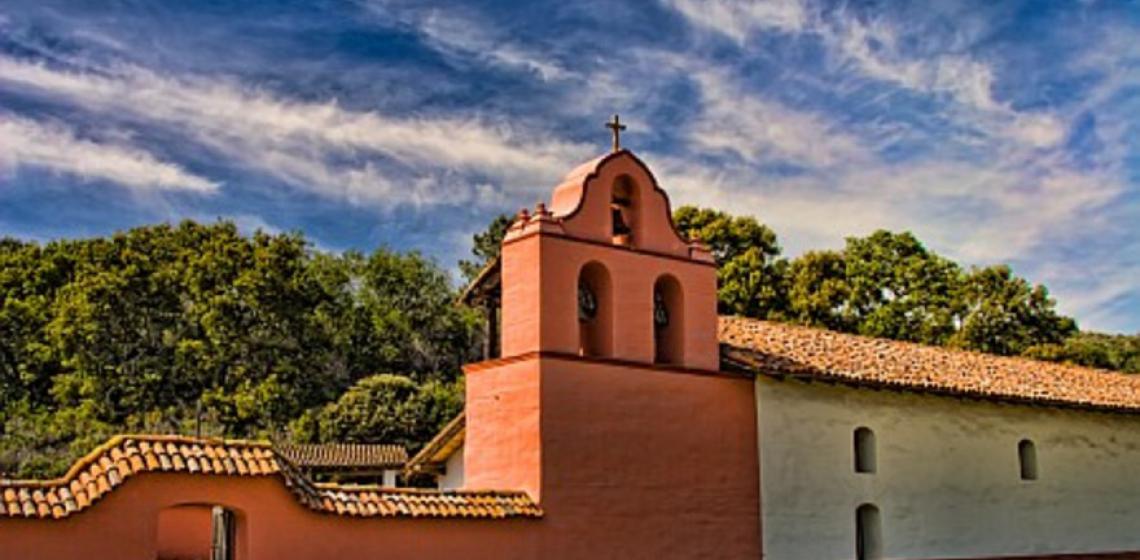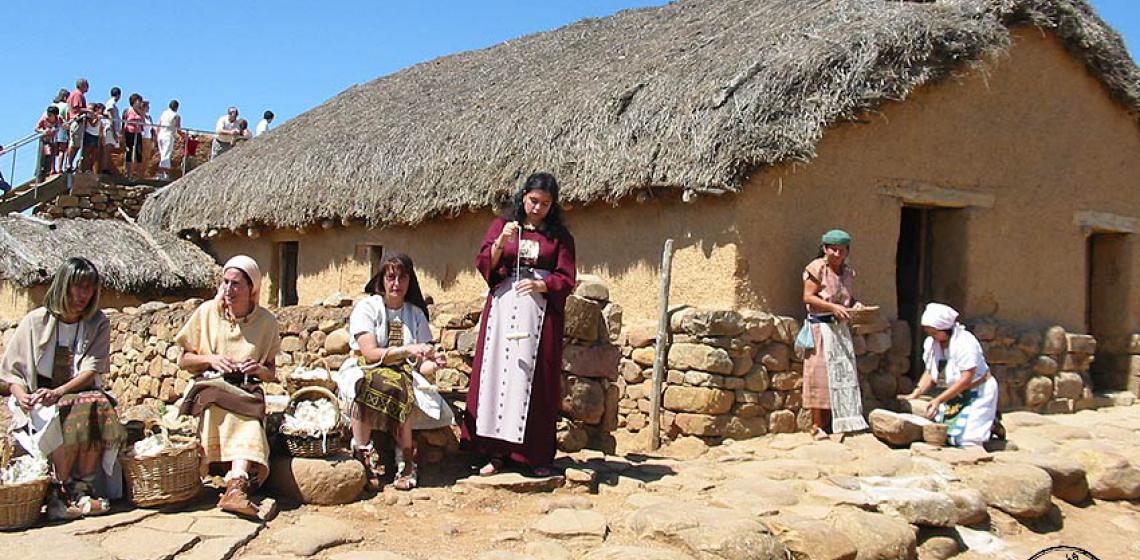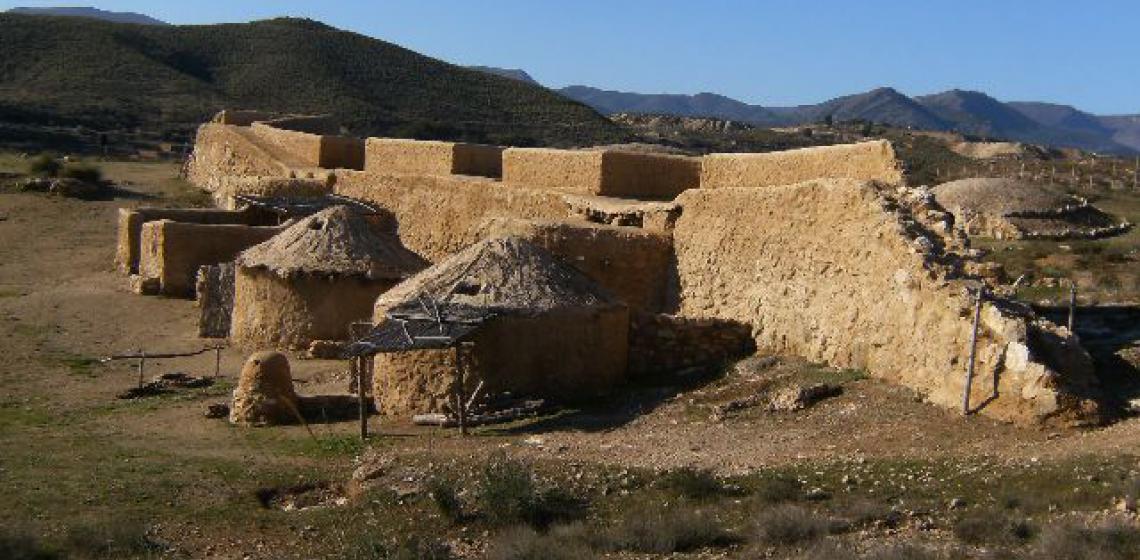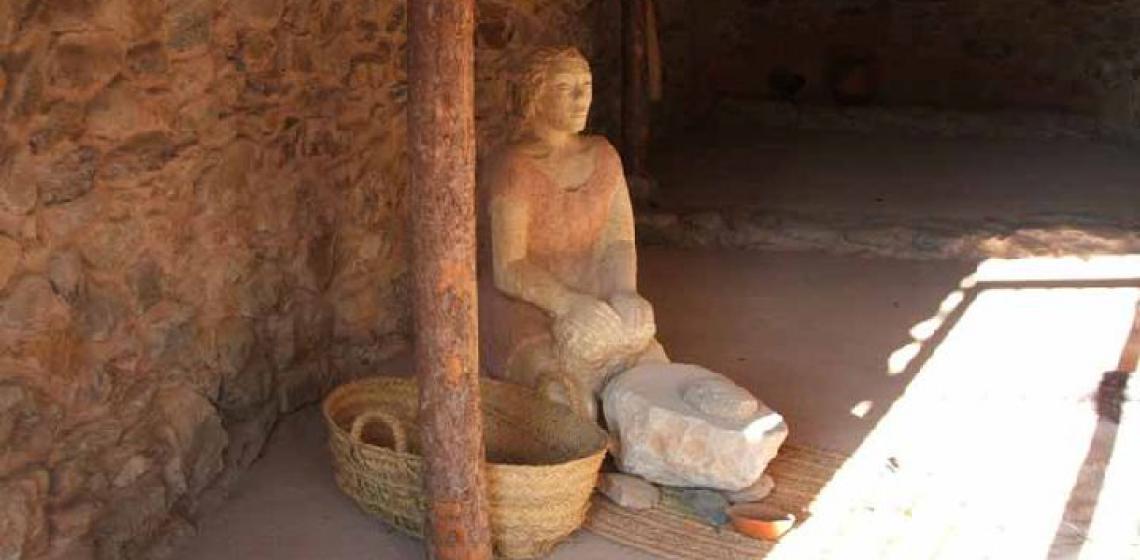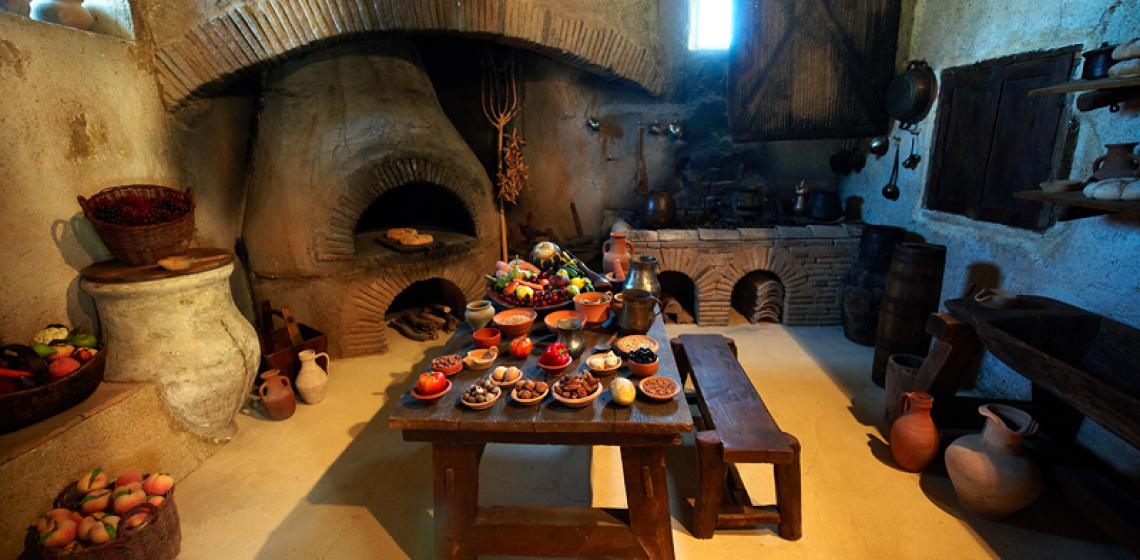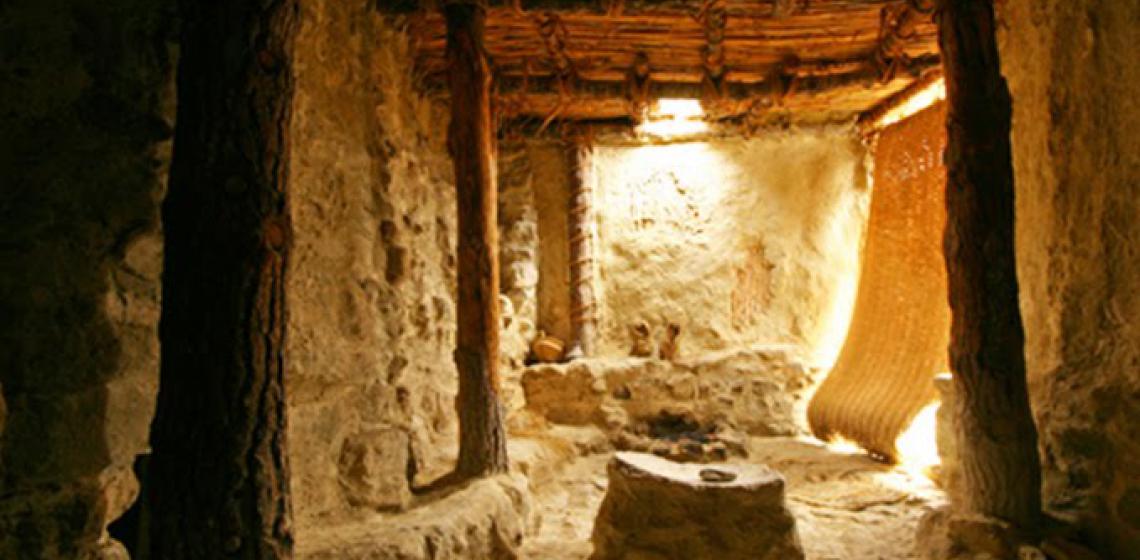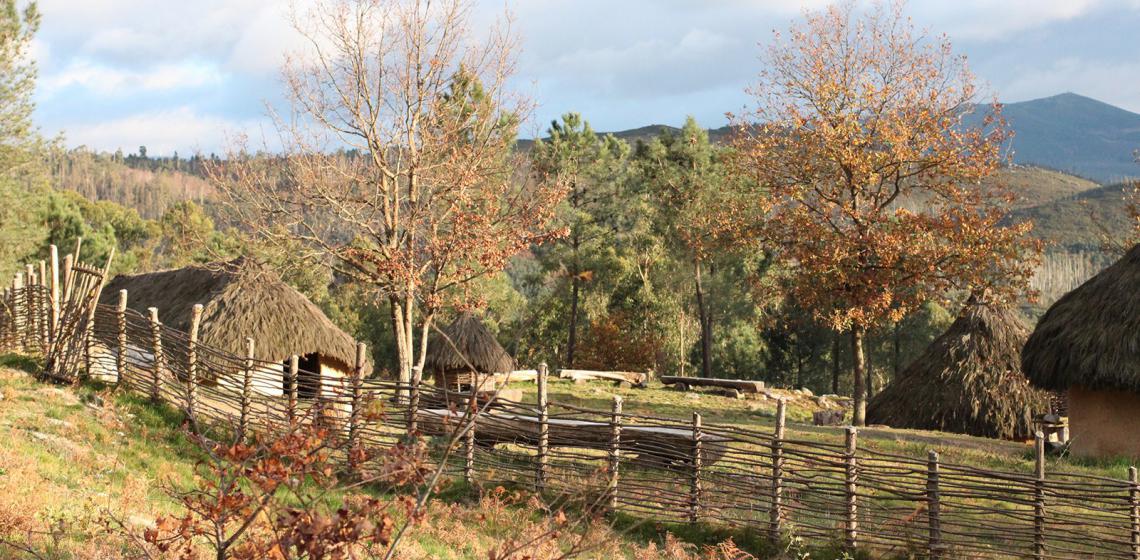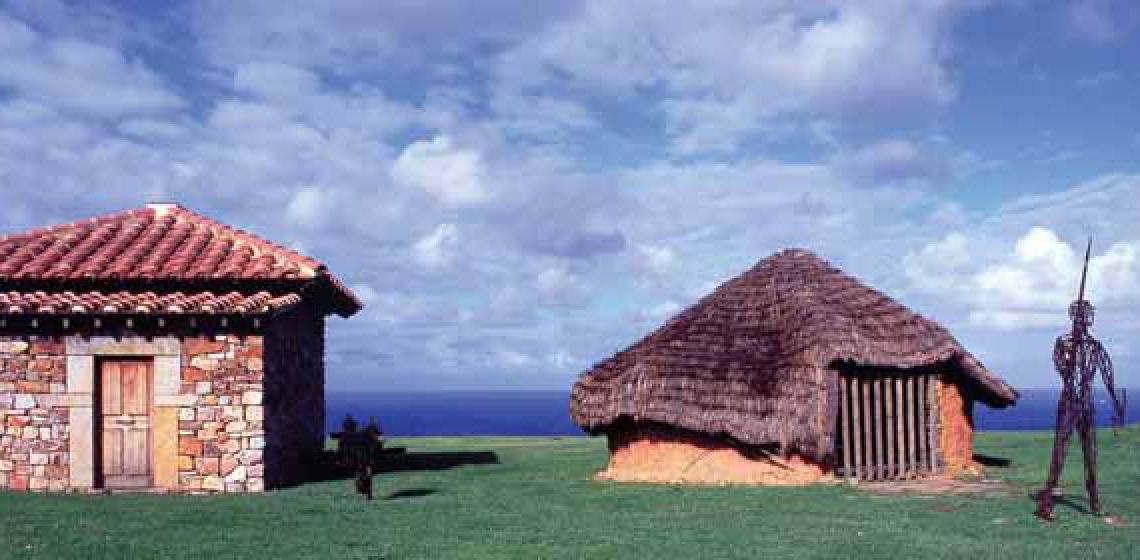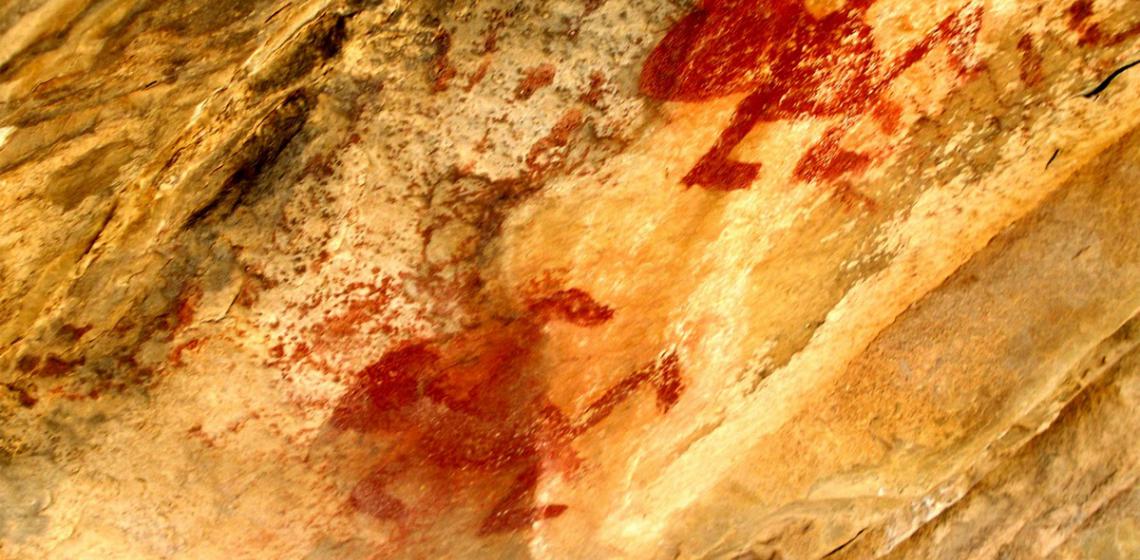La Purísima Mission State Historic Park (US)
The mission is part of the larger La Purísima Mission State Historic Park, part of the California State Parks system, and along with Mission San Francisco de Solano is one of only two of the Spanish missions in California that is no longer under the control of the Catholic Church. It is currently the only example in California of a complete Spanish Catholic mission complex.
The mission is part of the larger La Purísima Mission State Historic Park, part of the California State Parks system, and along with Mission San Francisco de Solano is one of only two of the Spanish missions in California that is no longer under the control of the Catholic Church. It is currently the only example in California of a complete Spanish Catholic mission complex.

